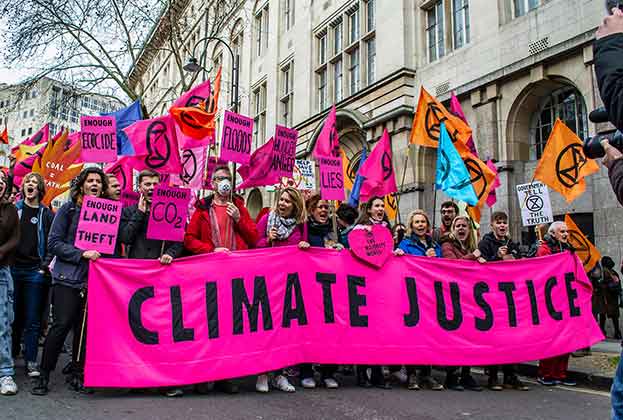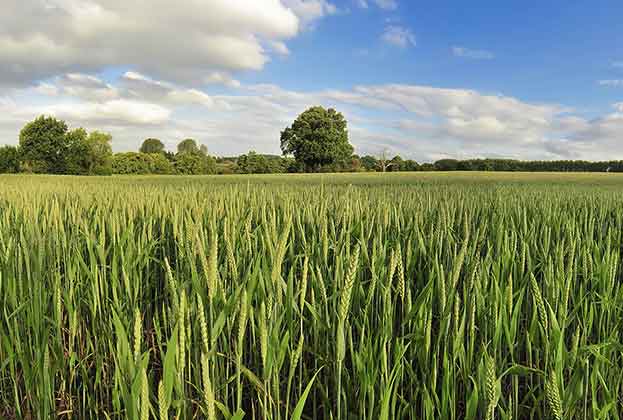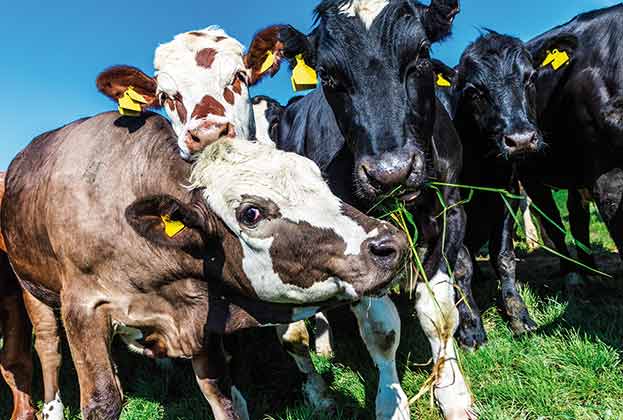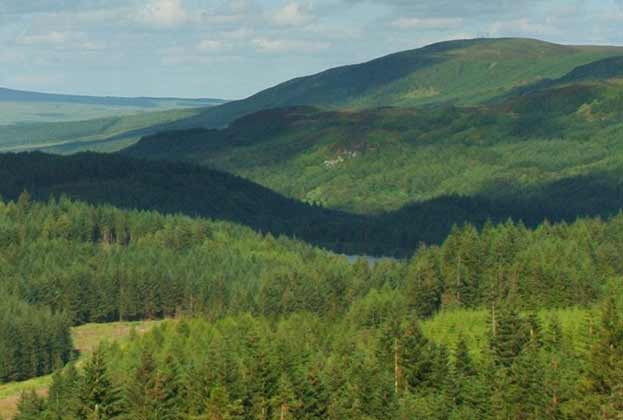Public demand for action on climate change has never been higher. Governments and corporations around the world have bowed to pressure and are taking action
What is the climate emergency?
Climate campaigners have not been placated by the simple declaration of a climate emergency. The declaration was little more than an overdue acknowledgement of well-established science; that climate change is occurring and human activities are the main cause.
Climate change and global warming are terms often used interchangeably, leading to the dismissal of global warming as part of a natural cycle. It is true the Earth has seen its climate continuously change through a cycle of ice ages and warmer interglacial periods over hundreds of millennia.
However, global average temperatures have increased by 1.1°C in the past 200 years alone, and the speed of the recent change is causing exceptional pressures on the natural systems that sustain human existence. This period of heating coincides with an unprecedented increase in human-influenced greenhouse gas (GHG) concentrations in the atmosphere. Ice cores tell us concentrations of carbon dioxide in the atmosphere have not been this high at any point in the past 800,000 years.
In galactic terms, the greenhouse effect makes Earth the 'Goldilocks planet': not too hot, not too cold. GHGs absorb infrared radiation emitted from the Earth’s surface, trapping that heat in the atmosphere. The more GHG accumulating in the atmosphere, the more heat is trapped and the more we interfere with the Earth’s multi-millennia carbon cycle. Recovering our system resilience from the negative implications of climate change is going to take huge effort and investment, and rural land use is both hero and villain in this new era. This report highlights some of the challenges and opportunities ahead.
CLIMATE CHANGE ACTION: A TIMELINE
1824
- French physicist Joseph Fourier first describes the Earth’s natural ‘Greenhouse Effect’
1850
284ppm, close to the average level of the past one million years
1896
- Swedish chemist Svante Arrhenius concludes that industrial coal burning will enhance the natural greenhouse effect
1911
300ppm, concentrations have never been this high in the past 800,000 years
1975
- The term Global Warming first appears in a scientific paper by US scientists
1988
- Intergovernmental Panel on Climate Change (IPCC) formed to collate and assess evidence on climate change
1992
- The United Nations Framework Convention on Climate Change (UNFCCC) is established
1997
- The Kyoto Protocol is adopted by UNFCCC (developed nations pledge to reduce emissions by average of 5% by the period 2008–2012)
2005
- EU trading emissions scheme launches
2008
- The Climate Change Act is created in the UK (first domestic long-term legislation on climate change, long-term emissions target = 80% reduction of 1990 levels by 2050)
2008
- Committee of Climate Change is established in the UK (independent advisory body responsible for recommending five-year carbon budgets)
2013
400ppm, last seen around three million years ago, long before Homo sapiens existed
2015
- The Paris Agreement is adopted by UNFCCC
2017
- The UK sets out its Clean Growth Strategy
2018
- 25 Year Environment Plan produced in the UK
2019
- UK sets out new Clean Air Strategy and a Green Finance Strategy
2019
- UK adopts a legally binding target to reach net zero emissions by 2050
2019
415.7ppm, the highest level ever recorded in human history
2020
- The new Environment Bill and new Agricultural Bill progress through the UK parliament
2020
- UN Conference of Parties 26 (due to be hosted in Glasgow) is postponed due to coronavirus
Bold = concentration of carbon dioxide recorded in the atmosphere in parts per million (ppm)
Read the articles within Spotlight: Rural Land and Carbon below.




